Learning News 1/2
Mrs Amy Phillips

Learning News 1/2
Mrs Amy Phillips
History:
In history, we have been exploring the importance of the past and how it shapes our present. The children have learned about significant people who have influenced history through their actions and discoveries. They have also explored how we can learn about the past by studying artefacts, photographs, and historical records. Through discussions, stories, and hands-on activities, the children have gained a deeper understanding of how history helps us learn from past experiences and appreciate the changes that have shaped the world today.
As part of our learning, Mrs McDouall shared her knowledge of our school’s history and explained the significance of the Mary statue at the front of our hall. The statue commemorates the presence of the Sisters of St Joseph in Barraba from 1910 to 1987. The children enjoyed learning about its importance to our school community and its connection to the past.
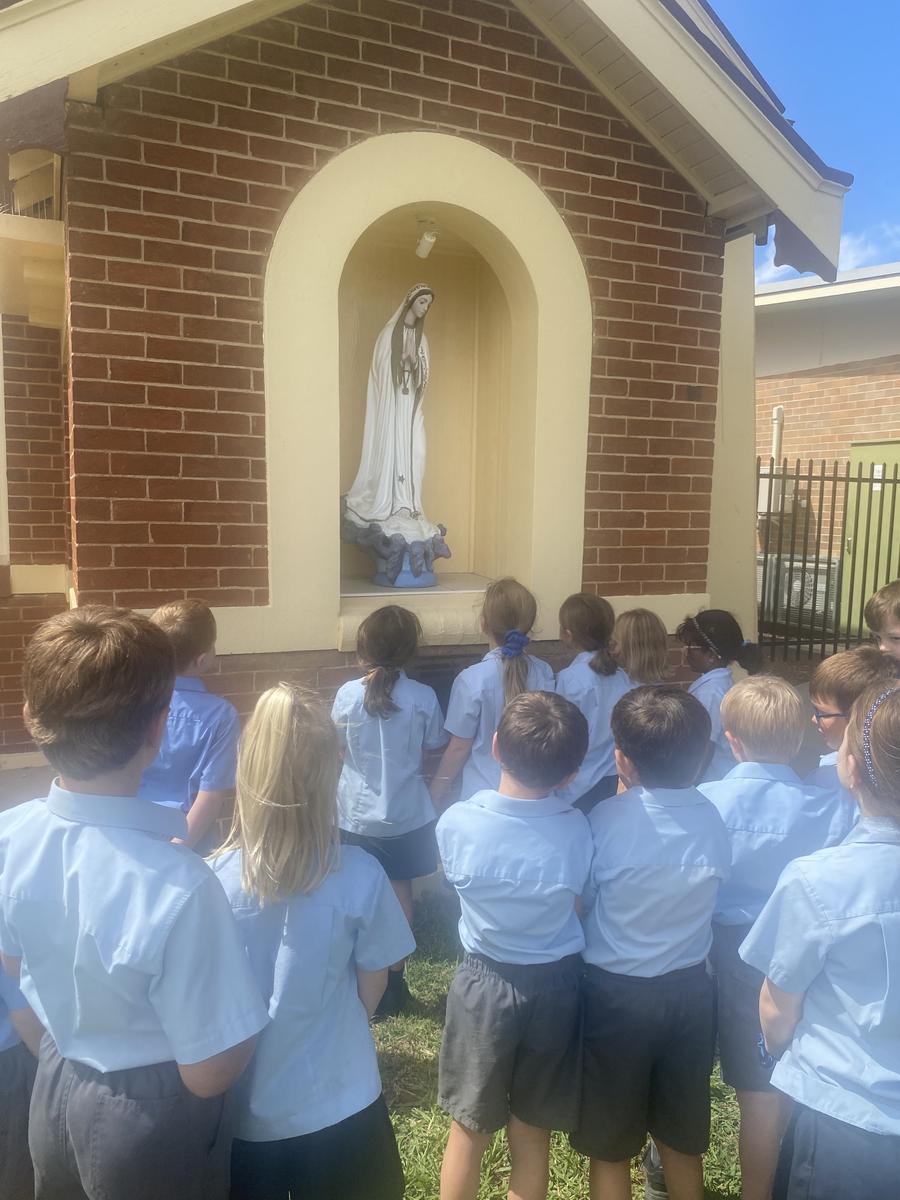
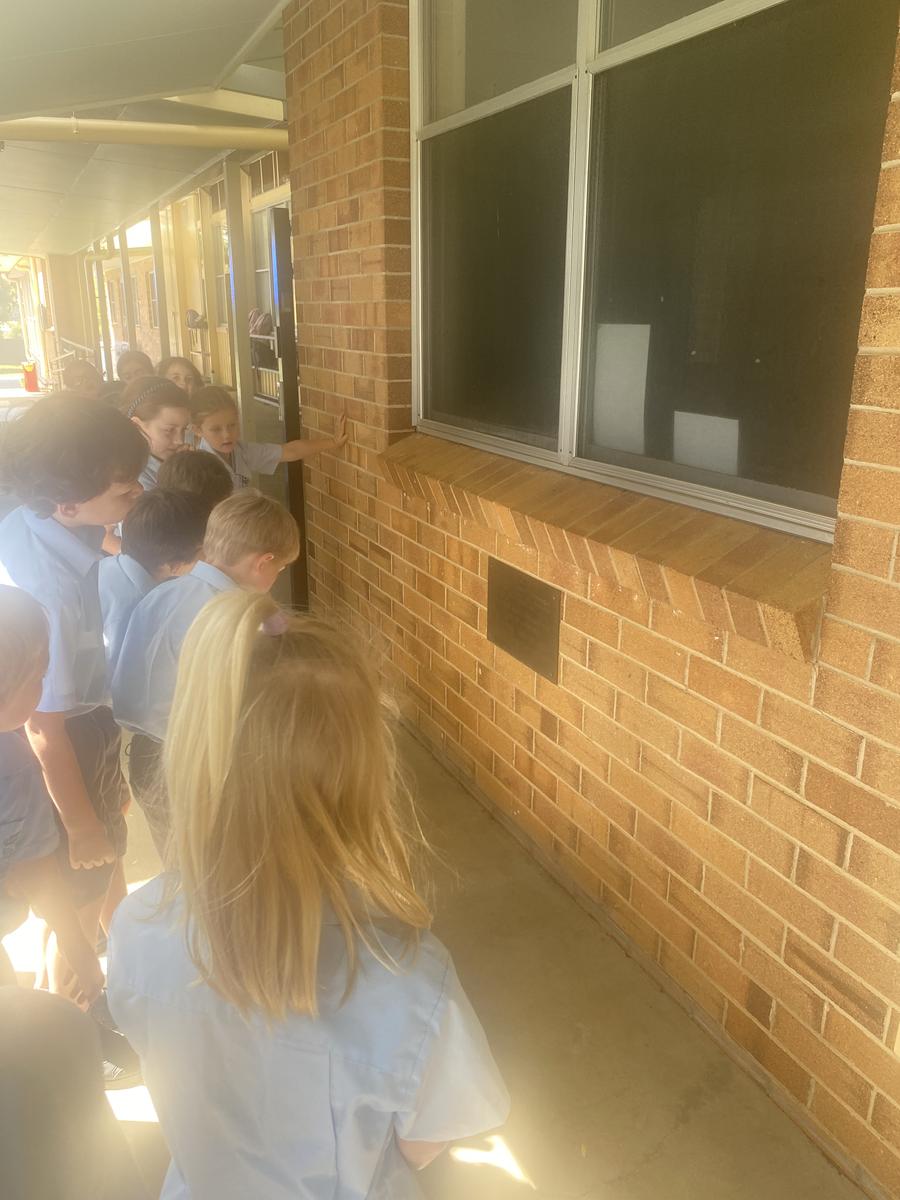
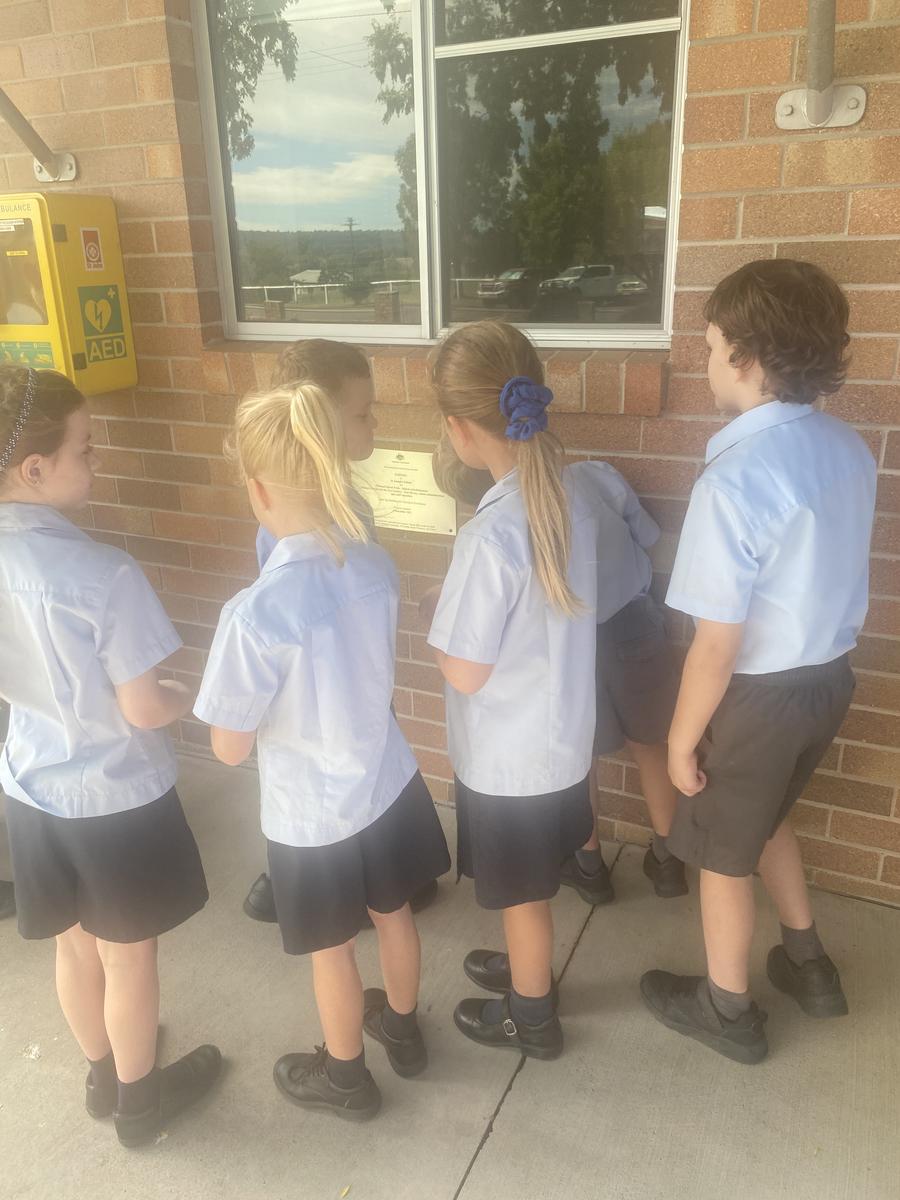
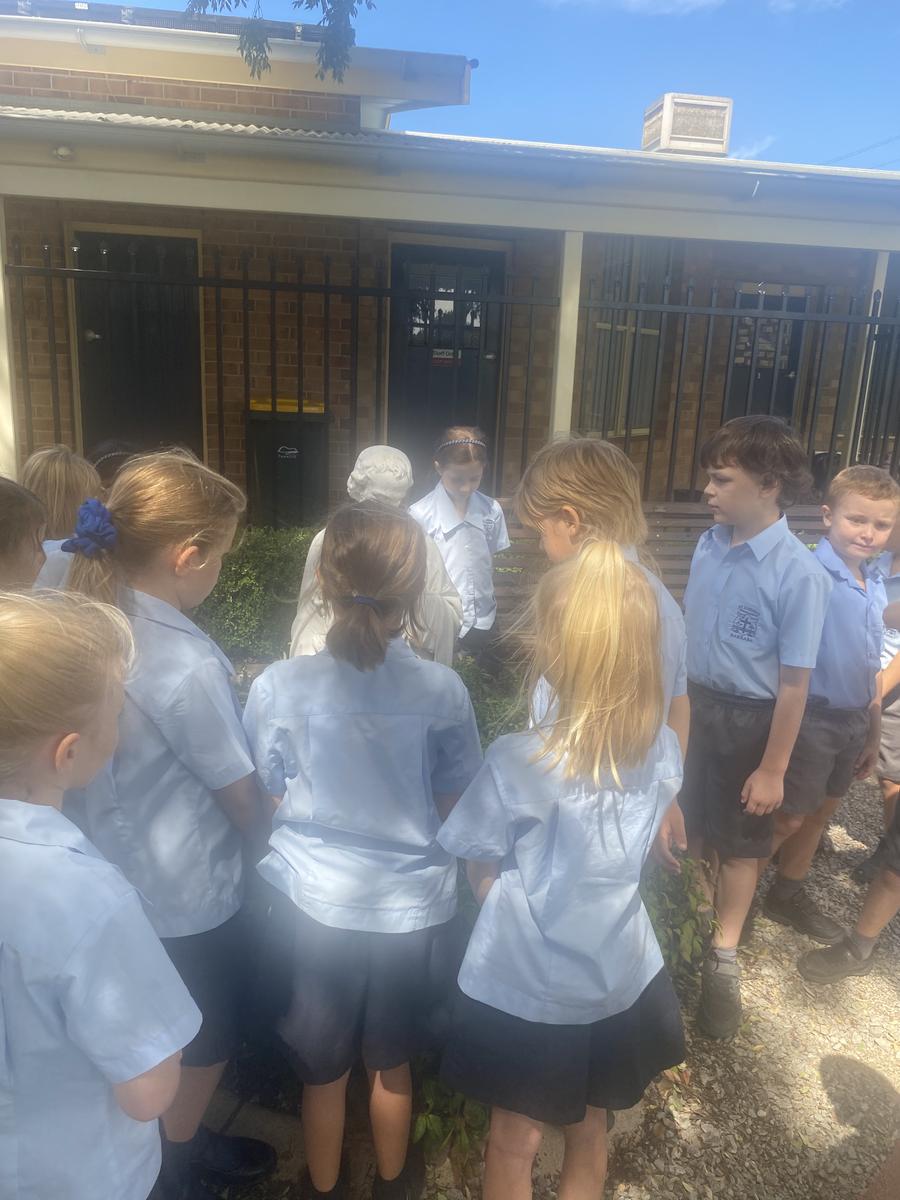
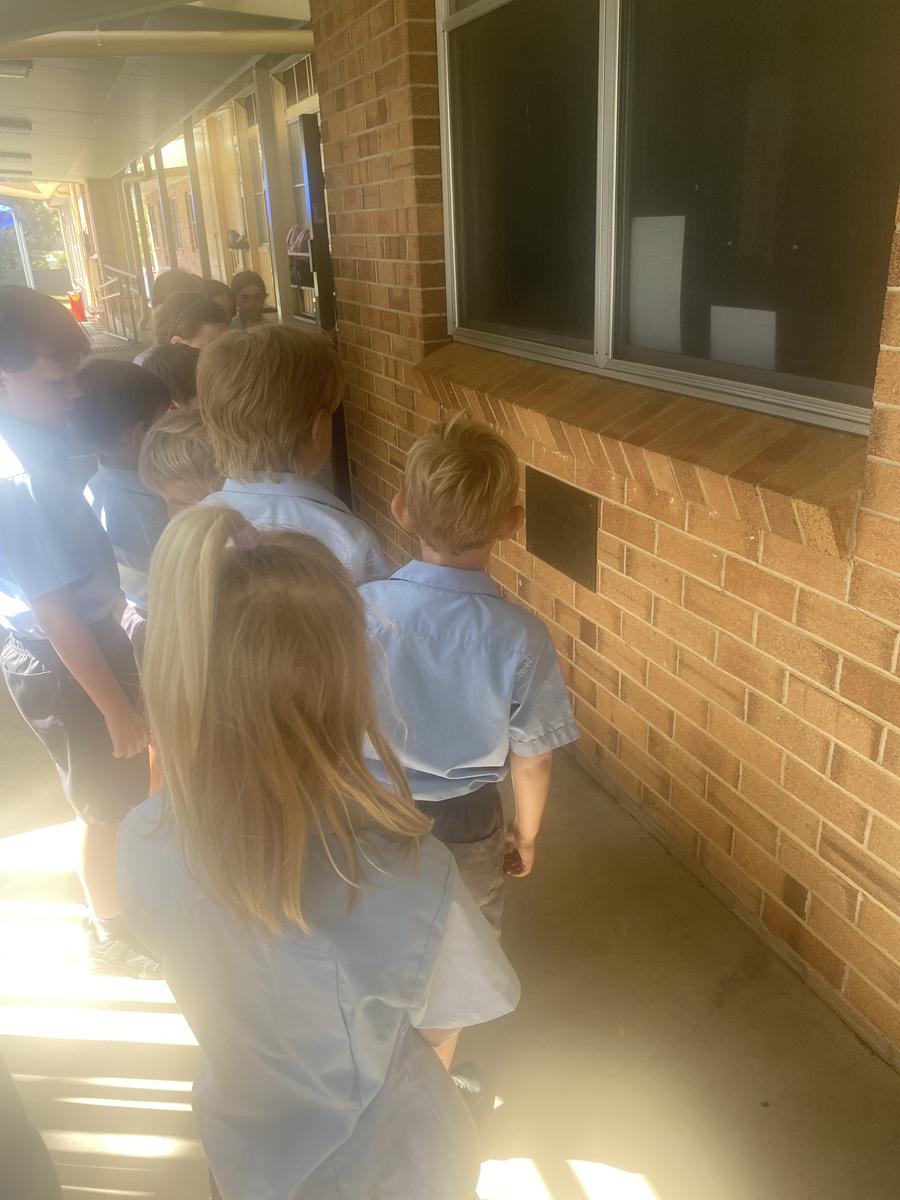
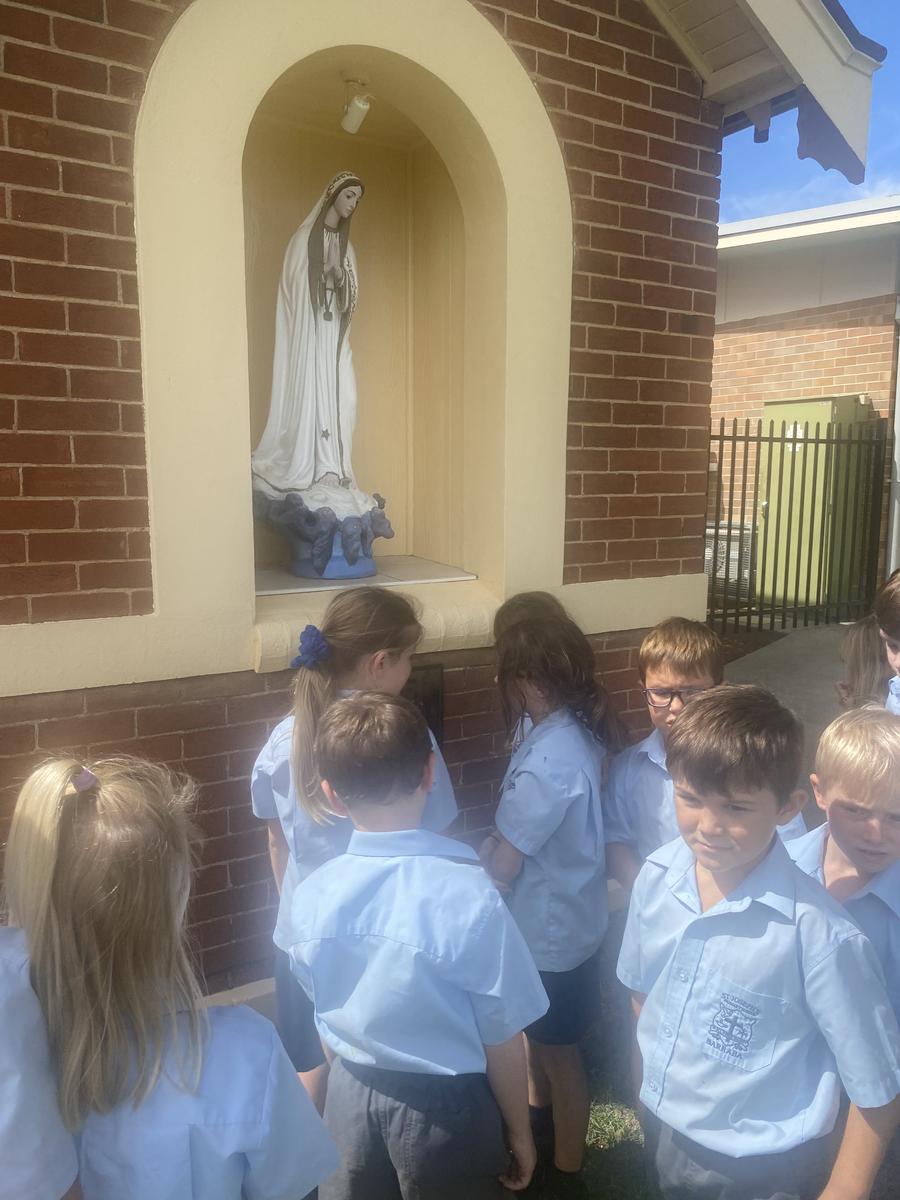






Maths:
We have just finished a unit on position, where the children learned to represent and describe the positions of objects in familiar places using words like next to, behind, in front of, and between. They explored these concepts through hands-on activities, games, and discussions to strengthen their understanding.
Positional language helps children understand where things are in relation to each other. These words—also known as prepositions—include above, below, next to, in front of, and behind. Developing this vocabulary supports early learning in maths, reading, and spatial awareness.
Understanding position helps children:✅ Follow instructions more easily (e.g., “Put your shoes under the table.”)✅ Build early maths and geography skills (e.g., recognising maps and patterns.)✅ Develop problem-solving and reasoning abilities
📌 Play Simon Says – Give instructions using positional words (“Simon says stand behind the chair.”)
🎲 Use Toys – Place a favourite toy in different positions and ask, “Where is Teddy?” (e.g., “Teddy is inside the box.”)
📚 Read Picture Books – Many children’s books reinforce positional words through storytelling
🏗 Build with Blocks – Encourage your child to place blocks on top, next to, or under others
🕵️♂️ Treasure Hunts – Hide an object and give clues using positional language
Making learning interactive and playful helps children remember these words naturally. Try using positional language in everyday activities and conversations! 😊